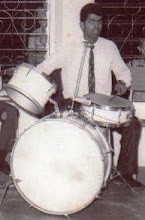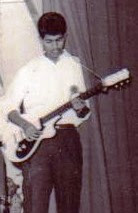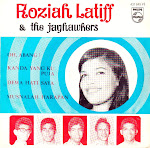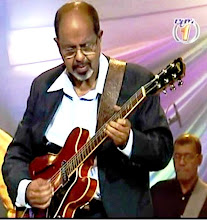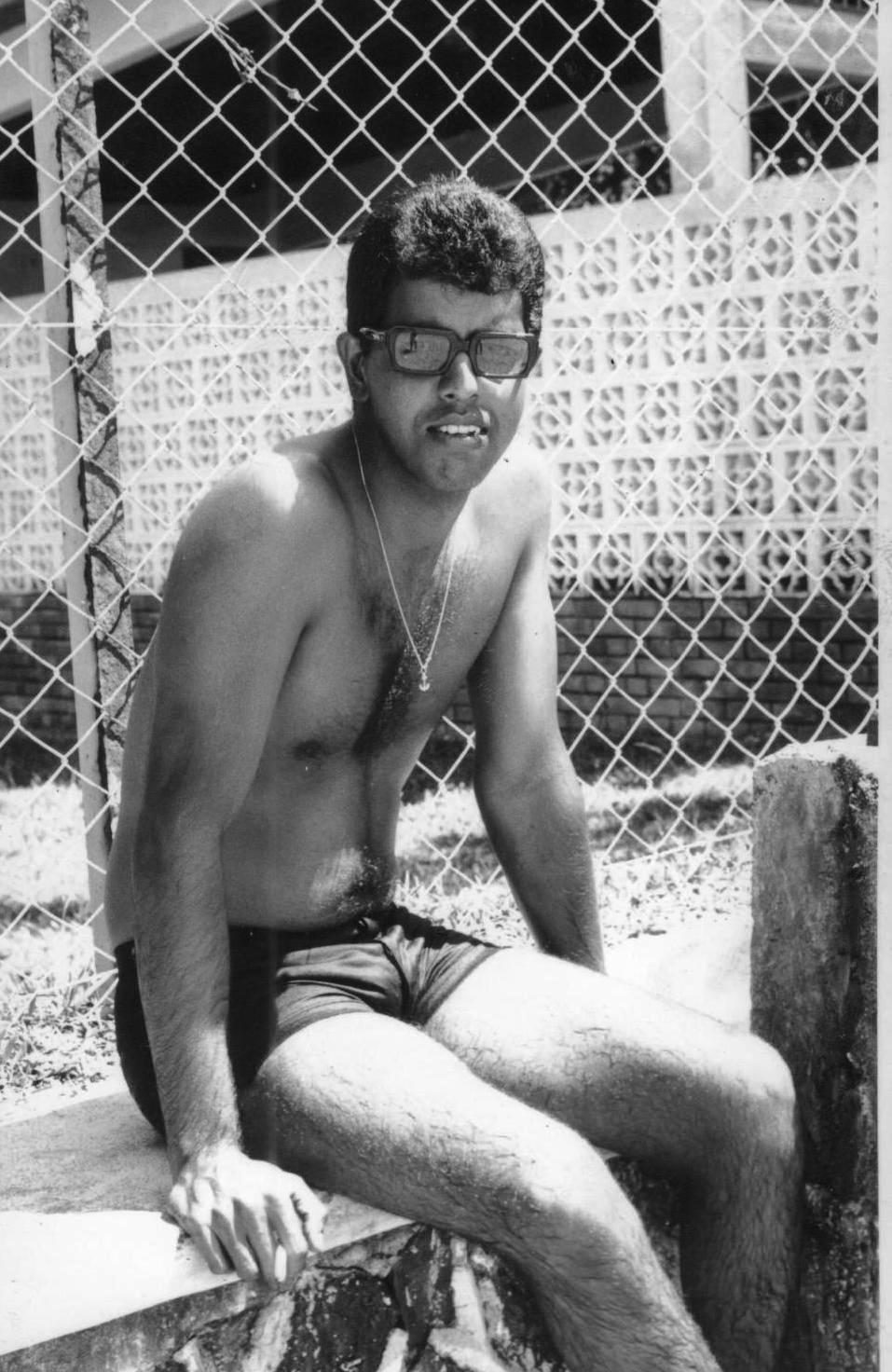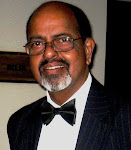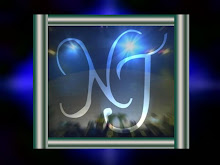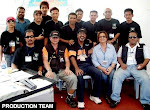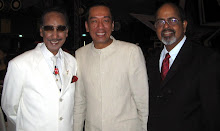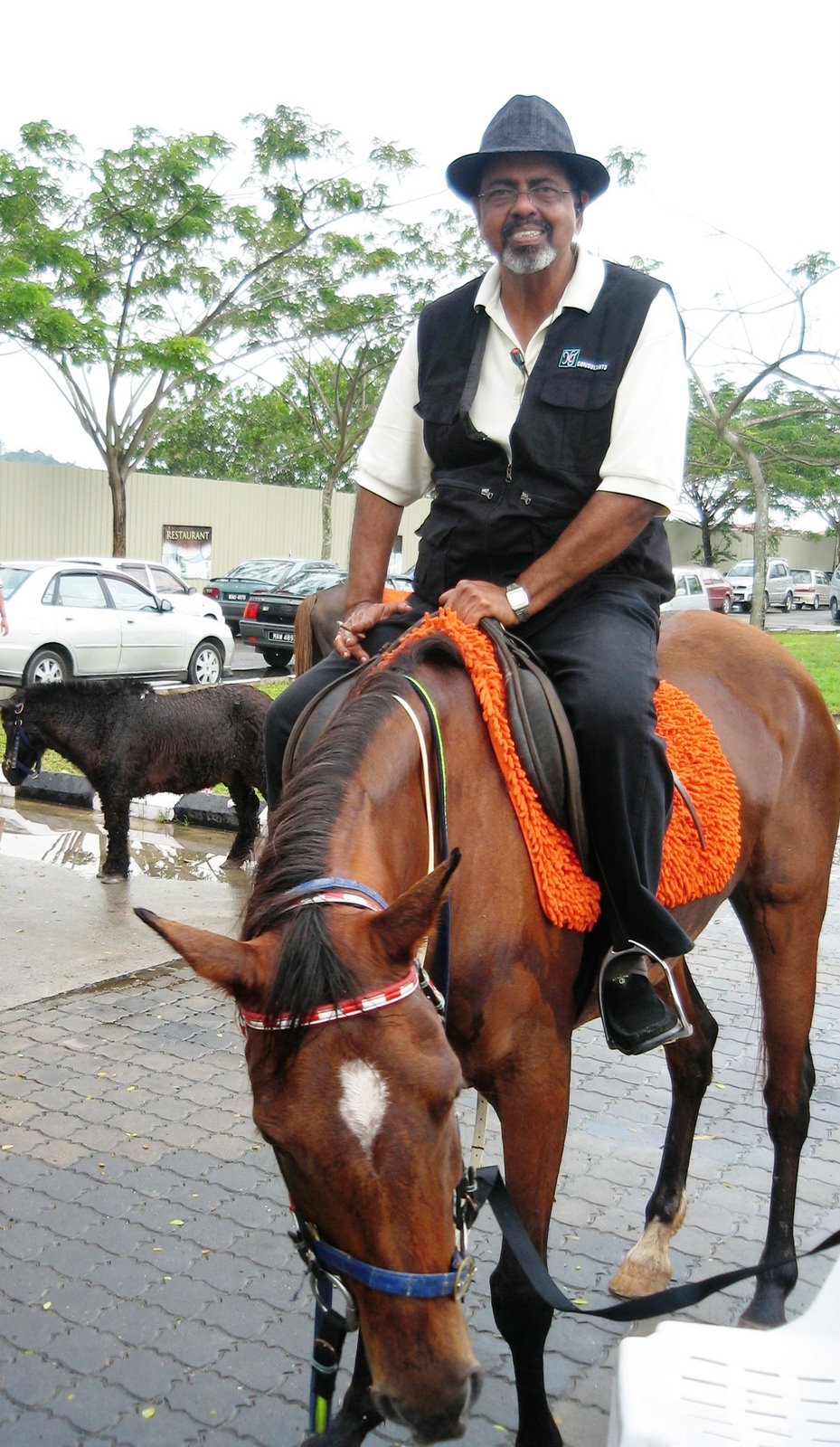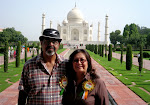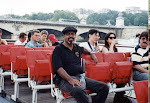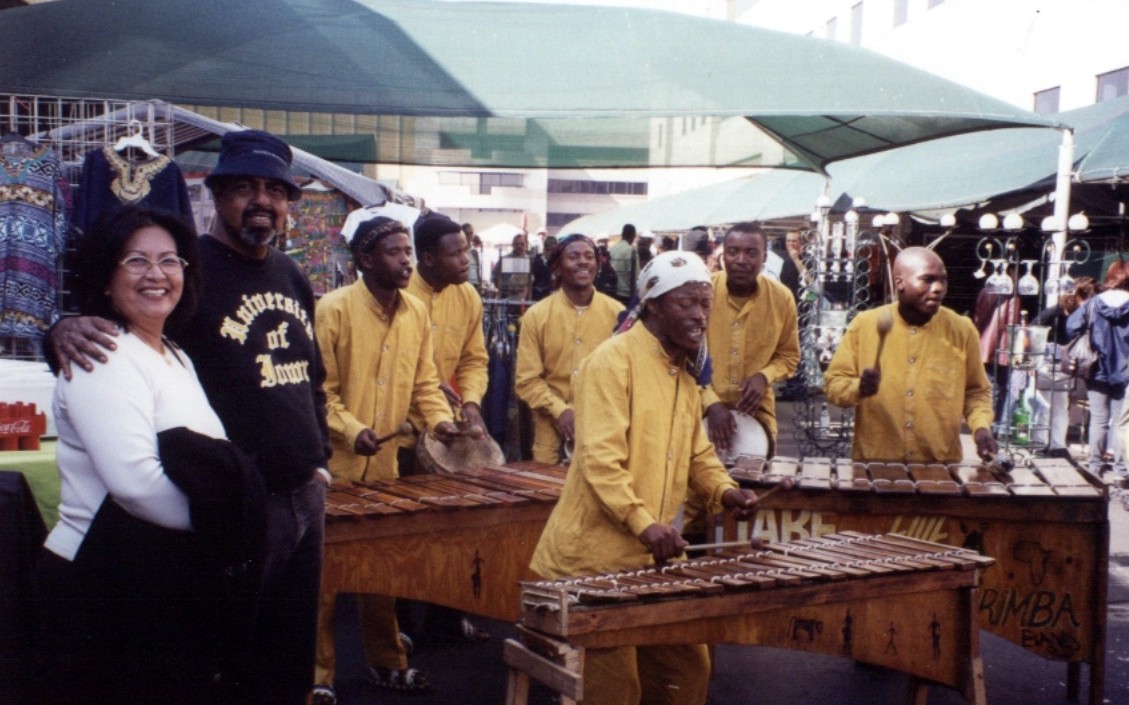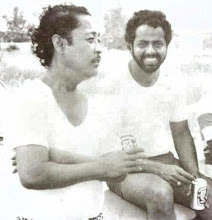Translation - WE ARE ALL MALAYSIANS
By Johami Abdullah @ Joe Chelliah
Nangal Ellam Malaysia Uru Karangal (We Are All Malaysians)
People with a clear Indian sub-continent ancestry who are now living in Malaysia are referred to as Indians. Malaysian Indians are nether a monolithic nor uniform entity. Genetically, they could be of either South Indian Dravidian (Tamils, Telugus, and Malayalees etc.) or North Indian Indo- Aryan stocks (Pattans, Pakistanis, Punjabis, Gujeratis, and Mukerjees etc.). The different ethnic, caste and religious divides amongst Indians can be mind boggling too. A cursory glance of a Wikipedia article alone can support the aforesaid. Check it out at this website.(http://en.wikipedia.org/wiki/Etymology_of_the_names_of_India)
Are there Indians in Malaysia or for that matter in any part of the world? One British traveler who had traversed the whole of the Indian sub-continent had remarked in his memoirs that he did not meet even a single “Indian” in all his travels there. This was simply because each Indian he had met considered himself first and foremost a Pattan, Gujerati, Bengali, Tamil, Telegu and so on. The term Indian is supposedly derived from the name of the Sindhu (Indus River) and has been in use in Greek since Plutarchus (1st century CE). The constitution of India has provision for another name– Bharat. Indians in India commonly refer to their country as Bharat, Hindustan or India depending on the context and language of conversation.
Malaysians of Indian origin generally think along similar lines. But most of them too do not understand the subtler subdivisions and classifications of Malaysian Indians too. In Malaysia anyone who was of Indian origin was simply referred to as an Indian and the Tamils particularly were referred to by a derrogatory term keling particularly by Malays in earlier times.
Nangal Ellam Malaysia Uru Karangal (We Are All Malaysians)
People with a clear Indian sub-continent ancestry who are now living in Malaysia are referred to as Indians. Malaysian Indians are nether a monolithic nor uniform entity. Genetically, they could be of either South Indian Dravidian (Tamils, Telugus, and Malayalees etc.) or North Indian Indo- Aryan stocks (Pattans, Pakistanis, Punjabis, Gujeratis, and Mukerjees etc.). The different ethnic, caste and religious divides amongst Indians can be mind boggling too. A cursory glance of a Wikipedia article alone can support the aforesaid. Check it out at this website.(http://en.wikipedia.org/wiki/Etymology_of_the_names_of_India)
Are there Indians in Malaysia or for that matter in any part of the world? One British traveler who had traversed the whole of the Indian sub-continent had remarked in his memoirs that he did not meet even a single “Indian” in all his travels there. This was simply because each Indian he had met considered himself first and foremost a Pattan, Gujerati, Bengali, Tamil, Telegu and so on. The term Indian is supposedly derived from the name of the Sindhu (Indus River) and has been in use in Greek since Plutarchus (1st century CE). The constitution of India has provision for another name– Bharat. Indians in India commonly refer to their country as Bharat, Hindustan or India depending on the context and language of conversation.
Malaysians of Indian origin generally think along similar lines. But most of them too do not understand the subtler subdivisions and classifications of Malaysian Indians too. In Malaysia anyone who was of Indian origin was simply referred to as an Indian and the Tamils particularly were referred to by a derrogatory term keling particularly by Malays in earlier times.
This is factually wrong. If we are Malaysian citizens we should be called Malaysian Tamils/Sikhs etc. or simply Malaysians.
If we are holding Indian passports and are citizens of India only then can we be truly called Indians. Of course the word Hindu refers to anyone irrespective of ethnicity who professes the Hindu faith. It is not synonymous with Indians though because Malaysian Indians can be from other faiths such as Sikhism, Christianity, Islam, Jainism and Buddhism. In reality there was a strong reason for Indians to have been brought over here by the British. They came willingly unlike the Africans who were forcibly removed to the Americas by the Europeans.
It was a clever British design. Of course it has got a lot to do with getting a dirt cheap and hardy labour force from harsh backgrounds in those days. Well-to-do Indians of the time, of course, did not come over. Such a work force was also not to be found locally in Malaya at that time. We are similarly doing the same thing today with importing (and exploiting) foreign labour - Indonesians, Myanmars, Filipinos, Vietnamese, Nepalese etc. Locals today are very reluctant and shy away from hard menial jobs. So, we are as guilty as the British in this matter if it is indeed something that is wrong to do. This new wave of immigrants particularly from Indonsia may sue our grandchildren for this “crime” in another hundred years or so.
The colonial British are reputed for their “divide and rule” strategy which they executed brilliantly in all their colonies globally. So they applied it here too in Malaya by playing with Indian ethnic differences and sentiments from Dravidians to Indo Aryans for their benefit and main cause – to make money for the British East India Company. Uneducated Indians from South India (Tamils, Malayalees, Telugus etc) formed the core of the laborers and worked in ports, public works department, railways and the rubber estates too. The educated ones from South India (and the Ceylon Tamils of Sri Lankan) worked as clerks,conductors, teachers and other junior supervisory posts. They brought in the North Indians ( Pakistanis and Sikhs) to man the police force. The Nepalese Gurkhas were put in the army.
The colonial British are reputed for their “divide and rule” strategy which they executed brilliantly in all their colonies globally. So they applied it here too in Malaya by playing with Indian ethnic differences and sentiments from Dravidians to Indo Aryans for their benefit and main cause – to make money for the British East India Company. Uneducated Indians from South India (Tamils, Malayalees, Telugus etc) formed the core of the laborers and worked in ports, public works department, railways and the rubber estates too. The educated ones from South India (and the Ceylon Tamils of Sri Lankan) worked as clerks,conductors, teachers and other junior supervisory posts. They brought in the North Indians ( Pakistanis and Sikhs) to man the police force. The Nepalese Gurkhas were put in the army.
In this way they could communicate with the Tamil labor force through the educated Tamils. To police the Tamils they had the Sikhs and Pakistanis who were mostly uneducated. If the other Indians did get together in rebellion they had the Gurkhas to handle them. The Gurkhas not only followed orders strictly from their British masters, they also looked different and spoke a totally alien Indian tongue.
Indians are generally a disunited lot anywhere in the world and are often very ethno-centric in just about everything including language, dialect, caste, religion and even one’s village of origin. As such apportioning different sector tasks to different types of Indians in colonial Malaya was easy and worked well for the British administrators as explained above.
Most Malaysian Indians speak Tamil and are also mostly Hindus. The recent HINDRAF movement has upset some non-Hindu Malaysian Indians because the word Hindu is in the name of this group which therefore implies the exclusion of Indians who bgelong to other faiths . Perhaps the only exception could be those Indian Muslims who consider themselves Malays like the Penang Malays who are staunch Muslims. Christian Indians are mostly English educated and also tend to distance themselves from Hindus especially in such matters. Having Christian names tend to endear them with Western culture more. I have seen enough of this behaviour.
Indians are generally a disunited lot anywhere in the world and are often very ethno-centric in just about everything including language, dialect, caste, religion and even one’s village of origin. As such apportioning different sector tasks to different types of Indians in colonial Malaya was easy and worked well for the British administrators as explained above.
Most Malaysian Indians speak Tamil and are also mostly Hindus. The recent HINDRAF movement has upset some non-Hindu Malaysian Indians because the word Hindu is in the name of this group which therefore implies the exclusion of Indians who bgelong to other faiths . Perhaps the only exception could be those Indian Muslims who consider themselves Malays like the Penang Malays who are staunch Muslims. Christian Indians are mostly English educated and also tend to distance themselves from Hindus especially in such matters. Having Christian names tend to endear them with Western culture more. I have seen enough of this behaviour.
So, by inference then, HINDRAF can only speak up for the Hindu rights and not on any other grievances (legitimate or otherwise) of Malaysian Indians as a whole. The Tamil speaking lot divide themselves into various sub-groups such as Mudaliars, Gounders, Nadaars, Chakalians, Pariahs, Parayaris, Vellalars and so on.
The younger generation of Malaysians have stopped thinking along such sub-ethnic lines and consider themselves Malaysians. They are disturbed to be classified along ethnic lines. The Razak Reprt of 1956 along which our education police is patterned till today has national unity as its primary aim. It appears the Razak Report policy (aided by time) has been largely successful and has endeared the descendants of the early migrant to think of Malaysia as their own country and home. The younger generation is puzzled by certain national policies that do not seem to be in congruence with this national patriotic fervour. It is time that we look into this policy in the light of The Razak Report of 1956.
Oh yes, and on a lighter vein, we must not forget the “Mangosteen Indians” category – a term that I have coined recently for the English speaking variety of modern Malaysian Indians (especially the English speaking professionals – lawyers, doctors, teachers etc.) just for fun. You see, the mangosteen is a Malaysian fruit that is purplish black outside but white inside. The Chinese already have a similar concept for their own English speaking counterparts – “Banana Chinese” i.e. yellow outside but white inside. But we are all Malaysians deep inside.
Oh yes, and on a lighter vein, we must not forget the “Mangosteen Indians” category – a term that I have coined recently for the English speaking variety of modern Malaysian Indians (especially the English speaking professionals – lawyers, doctors, teachers etc.) just for fun. You see, the mangosteen is a Malaysian fruit that is purplish black outside but white inside. The Chinese already have a similar concept for their own English speaking counterparts – “Banana Chinese” i.e. yellow outside but white inside. But we are all Malaysians deep inside.




